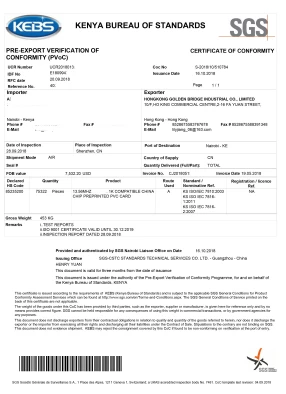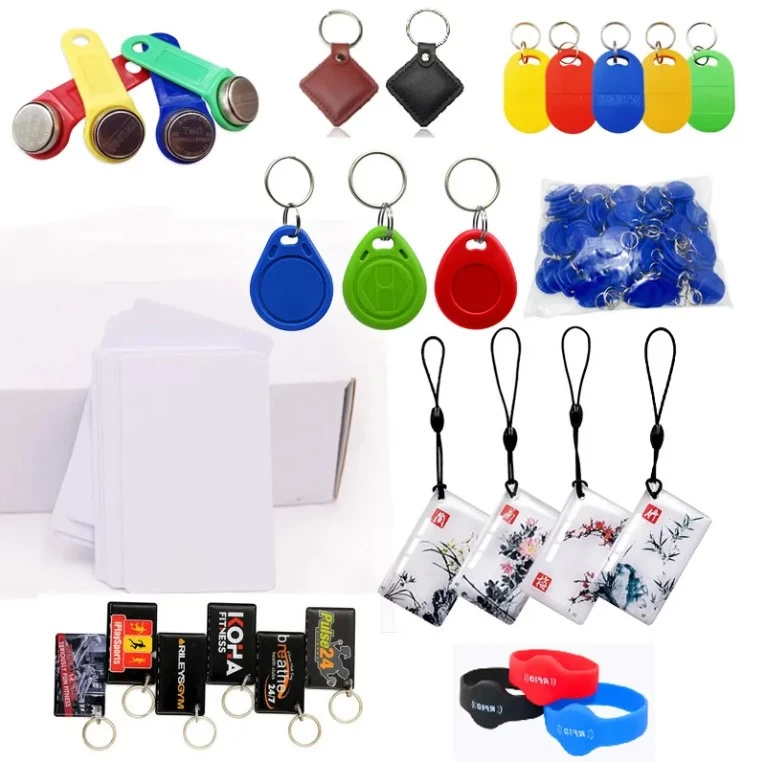Enabled Contactless Debit Card
Recently, threats associated with NFC (Near Field Communication) contactless debit card have raised public attention. This is not fully equal to the NFC feature, but is fairly close to it. Currently in Finland, this type of a payment method is being used in some parking garages. The purchase history only displays the purchase date, final amount and currency of a few previous chip and NFC payments. Data readable from an NFC chip can also be read from an EMV chip, magnetic stripe or card.
In reality, nothing has changed as similar data can always have been easily read from cards. It is true that similar data can be read from an EMV chip, magnetic stripe and the card itself as can be read from an NFC chip. However, the situation has changed in that data can be read from an NFC chip without the cardholder’s express consent. When it comes to NFC cards, it is enough that an interested person is briefly sufficiently close to the card. What is more, NFC readers (unlike EMV chip readers or magnetic stripe readers) can be carried by everyone because they often are built-in features on smartphones.
Cloud Cards are meant for writing NFC Cloud Actions using Flomio’s NFC Actions app. When we make NFC Cloud Action Cards, we drop in the smallest capacity NFC chips. Since they can’t store much data, 64 Byte NFC Cards are less expensive than larger capacity ACM NFC Cards. Quick Cards are meant for writing NFC Quick Actions using Flomio’s NFC Actions app. A Quick Action would need to write considerably more data onto an NFC card than a Cloud Action can hold.
With our 2K Quick Cards and our NFC Actions app, can turn your smartphone into a strobe light. There’s wide disagreement over whether that 50% adoption rate is happening quickly enough, given the high rate of fraud with older magnetic stripe credit cards still widely used in the U.S. But Jordan McKee, an analyst at 451 Research, said Tuesday that the U.S. is behind the rest of the world in using smart cards and will continue to lag for years.
The Payments Security Task Force, a group of companies involved in electronic payments, used forecasts from the largest banks that projected at least 47% of U.S. merchant terminals would be enabled for chip technology in cards and smartphones by the end of 2015. Contactless debit card processors use a standard called EMV, which stands for Europay, MasterCard and Visa, to provide interoperation of chip cards with point-of-sale terminals for authentication of credit and debit card transactions. The information is transferred with one tap of your card against an NFC smart device.


























